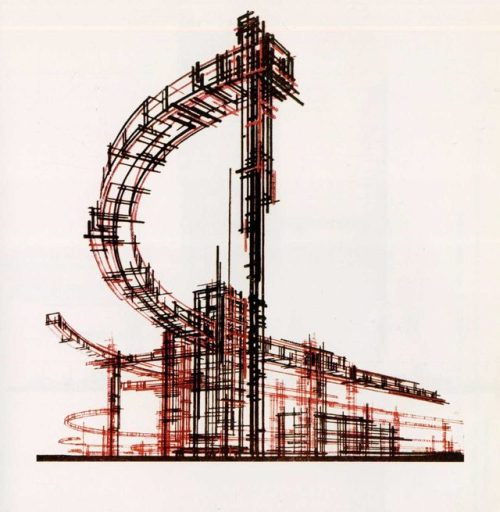#iakov chernikhov
Fictional Landscapes
Definitely, Chernikhov’s graphic representation anticipated a Century, it was also influential on architects and designers from Zaha Hadid to Yourself.
‘ – Architectural Fictions.’ Eleanor Gawne, AA blog
.. Iakov Chernikov (1889-1951) published over fifty works in his lifetime, including six works between 1927-33. Collectively, they can be seen to propose a ‘detailed course of liberating, stimulating education in the fundamental disciplines of three-dimensional design as they are encountered in the complex functional and expressive tasks addressed by architecture’. ..
One of Chernikov’s works in the AA Library, Architectural fictions: 101 coloured prints, 101 architectural miniatures (Moscow/Leningrad, 1933), was lent to the Imagine Moscow exhibition, held at the Design Museum earlier in 2017…
Consisting of 101 pages of drawings, the book also included explanations of their technique and basic principles behind them. Although published in Russian, the title pages are printed in Russian, German, French and English (in English, the word ‘fiction’ is used instead of ‘fantasies’.) The subject of the drawings is the new age of the city and industrialisation, of what Saski calls the ‘possibilities of the near future, images which had arisen in the author’s mind’. The drawings have been described as finding appropriate expression for the institutions and architecture of post-revolutionary nation. Each image has an elaborate, not very informative description; axonometric projection is the preferred drawing style. His drawings have been considered not just fantasies but insights into the possibilities of technology; the designs feature free and bold curves, and steel trusses in industrial settings.
Post link





